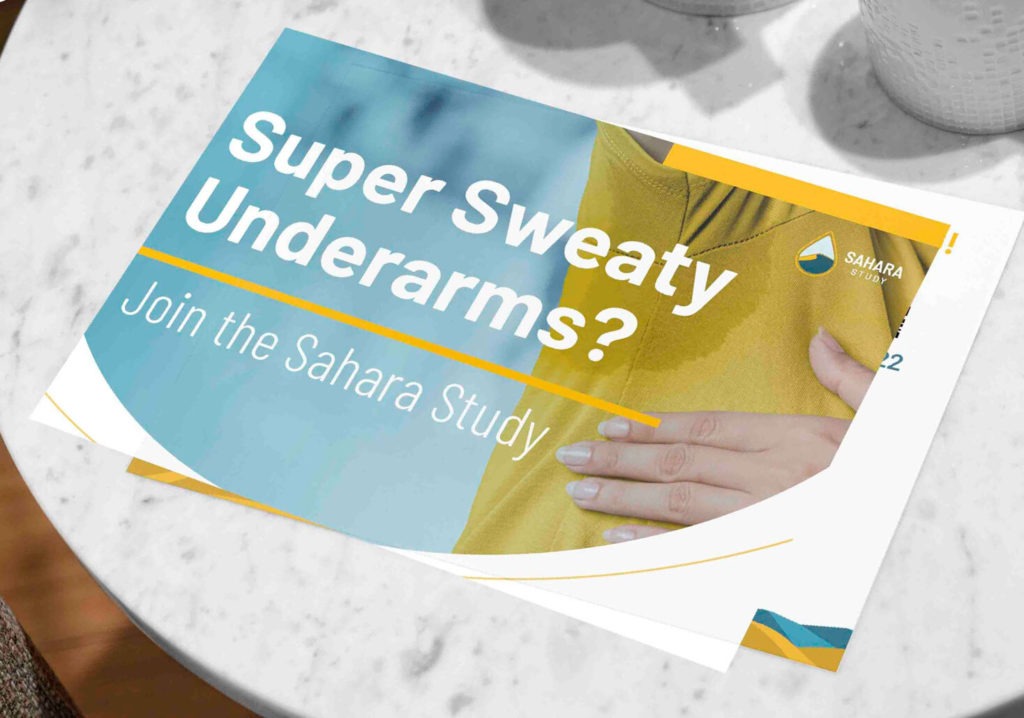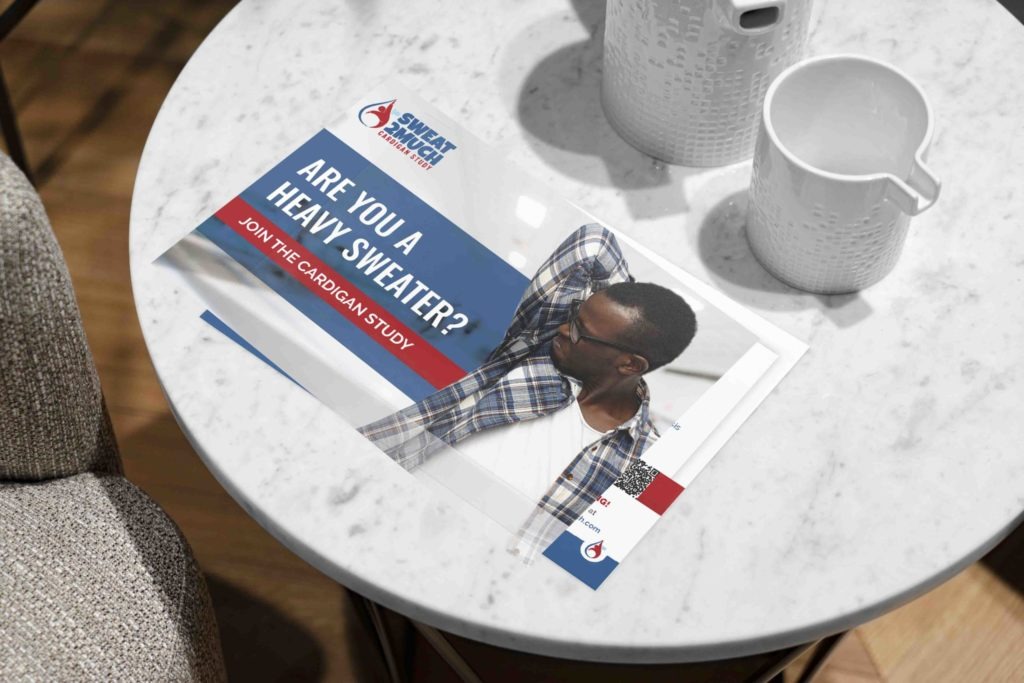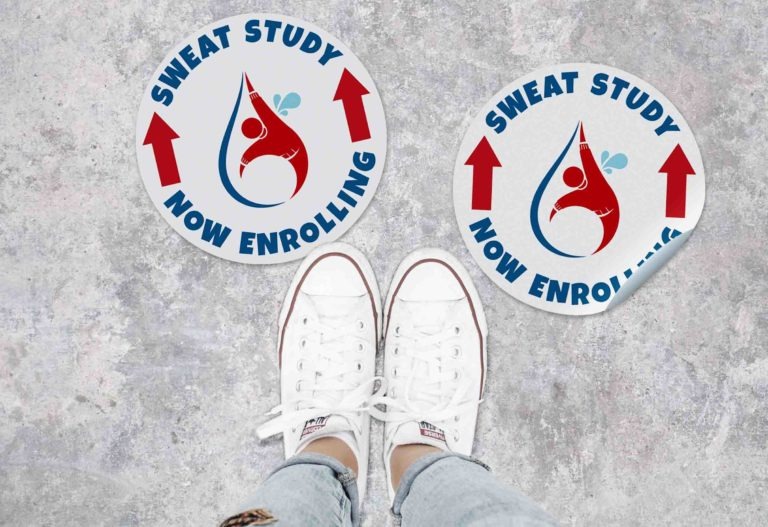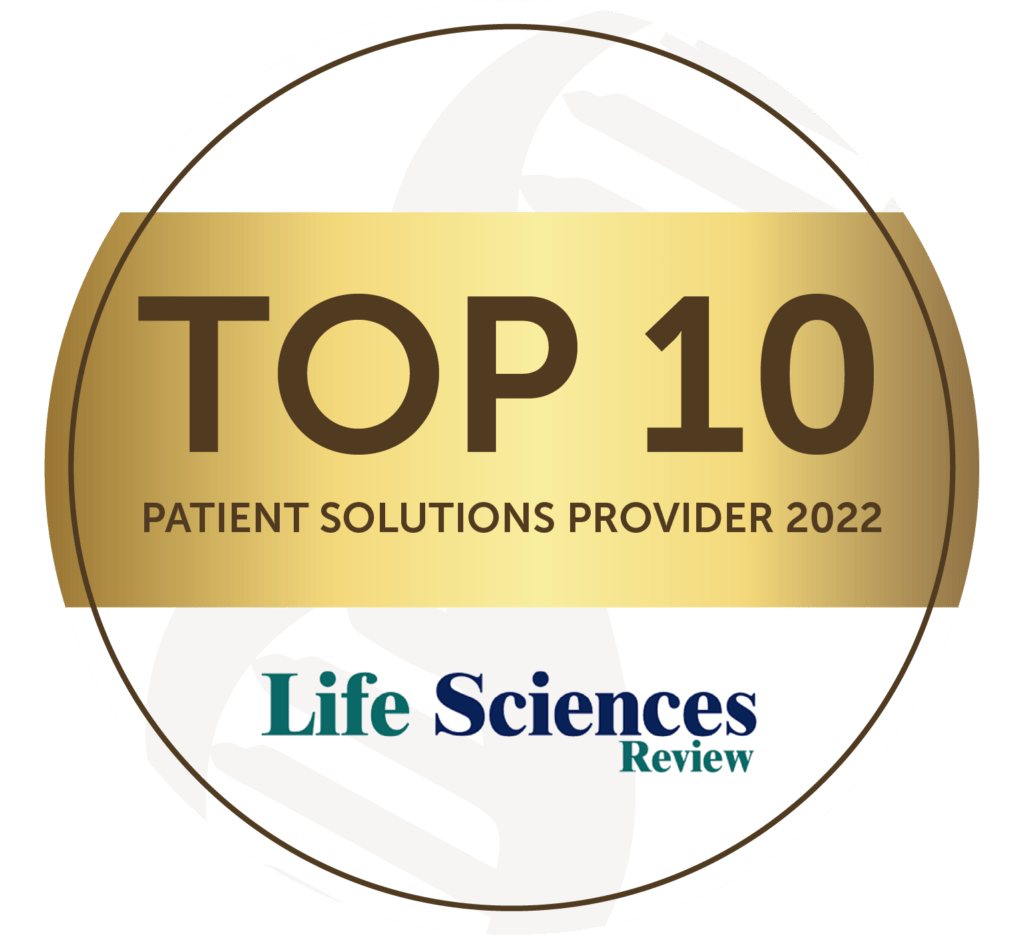When you hear graphic design, you likely think of magazine covers, websites, or billboards. While you are correct, graphic design is also so much more than that.
Graphic design is all around us. From social media pages to the packaging design of your favorite snack, graphic design involves great detail, time, and skill. But what exactly is graphic design? It is the process of creating and arranging visual components to convey a message. Every single detail of a design, including the color, layout, lines, and more, is carefully selected to create something unique that connects with an audience, communicates a message, and sparks a feeling.
So, why is graphic design important for clinical trial recruitment? Every aspect of design impacts the patient’s experience and must feel authentic, approachable, and trustworthy, all of which are essential to patient recruitment and retention campaigns. And the crucial details, at each step, that can make or break a patient’s connection is the design.
I sat down with our Graphic Designer, Lyly Pham, to hear her insight on how to create the most effective design for clinical trial recruitment and retention campaigns. Below is a summary of her thoughts.
Patient-Centricity
To keep the patients at the forefront, the design team partners with marketing on DEI (diversity, equity, and inclusion) research. The marketing team researches and defines the personas specific to each condition by pulling appropriate demographic information and sharing this with the team. With this information, our Graphic Designer, Lyly, is able to better represent the patient of a particular condition to accurately and properly represent the patient experience. We carefully consider how to incorporate patients’ experiences in the messaging and design.
Moreover, it is important to show a representation of people from all sorts of backgrounds and identities in design, and even beyond that, making sure design is accessible. For example, colors are carefully chosen to ensure it is color-blind friendly. In addition, Lyly makes sure to include alternative text (alt-text) to images on websites so that screen readers can read information about those images aloud to people who have a visual impairment. All designs she and the design team create demonstrate that the patients’ voices are heard.
In brief, our design and marketing teams work closely together to properly and thoughtfully build out the patient profile for each clinical trial. From there, the design team carefully selects appropriate imagery, photography, and illustrations.
The Details
The color palette, layout, and physical end-product must be carefully selected when thinking about the item’s use. Patient recruitment and retention materials could be used in varying ways, including a poster on a wall at a clinic, a tool for trial site staff to review with a patient, or an email sent directly to the patient. Knowing where and how the materials will be used, we are able to properly highlight information and foster legitimacy and trust; this is communicated through the layout and print decisions, placement of information, and more.
In all of this, we need to make sure the materials make the patient feel seen and heard, address issues upfront, provide contact information, and affirm security and privacy. Clinical trials and healthcare are very intimate so establishing and growing trust is absolutely vital.
Importance of Design
As mentioned above, graphic design is important for patient recruitment and retention because it is often the first opportunity to establish a connection with patients; it is a chance to communicate the study’s objectives and, with consistent graphic design, it is part of a strategy to increase retention.
To establish a connection with a patient, our design team carefully considers the patient profile when selecting photography or illustrations, as previously discussed. For example, we supported enrollment for two hyperhidrosis (excessive sweating) clinical trials. Since this condition has visible symptoms, we included photography of real hyperhidrosis patients for both recruitment efforts, as seen below.




When designing a landing page or paid advertisement, our design team thoughtfully selects images that properly communicate the clinical trial’s goal. For example, if the study is recruiting patients for investigational interviews, then the images may include people talking on the phone. If the study is investigating a potential treatment, then the images may demonstrate people smiling and enjoying their time. As in the examples below, if the recruitment strategy is to address patients’ pain points, then the images may sympathize with the target audience. Being able to visualize the study as well as seeing themselves in the imagery, patients will be more likely to click on the advertisement and complete the pre-qualification questionnaire.


Another significant aspect is cohesion to ensure the right message is being communicated from the first touchpoint to the last. With conflicting design elements, patients will likely be confused. For example, if a patient clicks on a paid advertisement that contains blue, red, and white in the design, but they are taken to a website with yellow and green elements, then they’ll likely be confused and won’t complete the form. That’s why it is important to use the appropriate elements, including color scheme, icons, and typefaces, in every design to ensure that the message from the design is clear. Clear, consistent, and attention-grabbing communication supports not only recruitment but also retention efforts, which is often one of the most challenging aspects of clinical trials. We achieved this in our outreach campaign for both hyperhidrosis clinical trials. From the flyers to the landing page to the floor stickers (see below), we remained consistent in branding and messaging.

Learn more about how we met our clients’ enrollment goals for the Sahara Pivotal Axillary Hyperhidrosis Study and the Brickell Biotech Phase III Primary Axillary Hyperhidrosis Study.
Conclusion
Ultimately, it is crucial for the patient to see themselves in the imagery, for the design to accurately reflect the study’s intentions, and for the design to be consistent across the patient’s journey. With in-depth market research and an approach to prioritize inclusivity, Clinically Media designs outreach and retention campaigns that speak to a patient’s pain points and connect them with potential treatments.




















